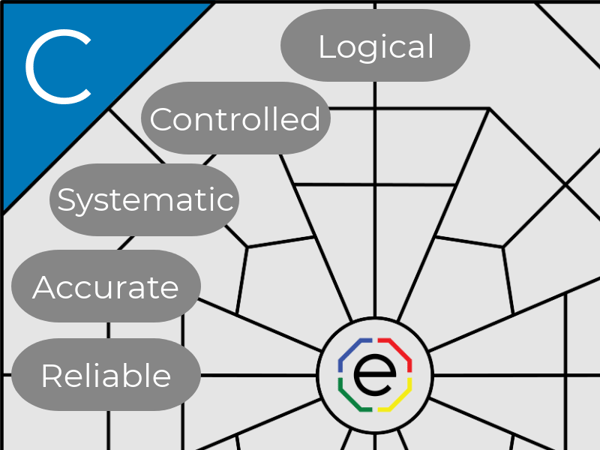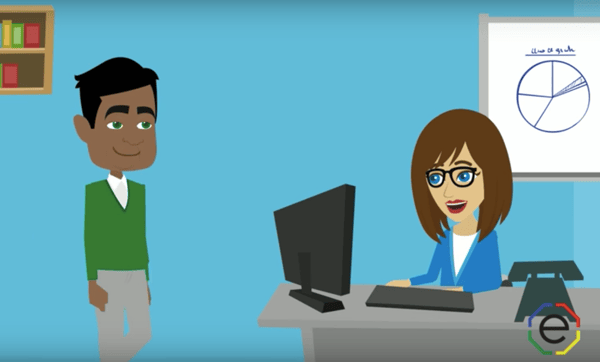How do we identify and describe C-styles?
Do you work with or know someone who tends to be more analytical and reserved; someone we'd describe as a C-style? Has it been easy or challenging for you to interact with them? We can interact better with our C-style colleagues if we understand their style.
DISC styles
 C-style is one of the main DISC styles, along with D, I, and S styles. C-styles are not better or worse than the other DISC styles. Each of the four styles has its own strengths and development areas; they just happen to be different.
C-style is one of the main DISC styles, along with D, I, and S styles. C-styles are not better or worse than the other DISC styles. Each of the four styles has its own strengths and development areas; they just happen to be different.
The Extended DISC self-assessment measures our behavioral style. It does not predict our success nor does it limit our ability to succeed. It simply helps us identify how we prefer to do things and how our behaviors tend to be observed by others. All styles can be successful in any career or role. Successful people know who they are and they know when to modify their style appropriately.
Identifying C-styles
 C-styles tend to come across as quieter, more logical and systematic. They prefer to analyze data and facts. They tend to be more comfortable when they have time to prepare and get things done carefully and correctly. In fact, their motto might be, “if we don’t have time to do it right the first time, do we have time to do it over again?”
C-styles tend to come across as quieter, more logical and systematic. They prefer to analyze data and facts. They tend to be more comfortable when they have time to prepare and get things done carefully and correctly. In fact, their motto might be, “if we don’t have time to do it right the first time, do we have time to do it over again?”
C-styles can be perfectionists who can get into trouble by focusing too much on details and trying to make sure everything is correct. It's not surprising that their biggest fear is making a mistake. The C-style's favorite question starts with 'why;" as in 'why is that step necessary in the process?'
How C-styles prefer to communicate
 C-styles tend to be fairly quiet and reserved. They are listening for details and can become a critical listener if issues are not presented logically. They may be more comfortable with written communication where they can review information and possibly avoid chit chat. C-styles may ask a lot of questions if they are interested in the topic.
C-styles tend to be fairly quiet and reserved. They are listening for details and can become a critical listener if issues are not presented logically. They may be more comfortable with written communication where they can review information and possibly avoid chit chat. C-styles may ask a lot of questions if they are interested in the topic.
C-styles may not talk about personal issues openly or may not be comfortable with small talk. They do not easily talk about their own views and opinions. They are focused on providing detailed information and may lose the overall or abstract parts of the interaction.
Tips for communicating with C-styles
 When interacting with C-styles, consider slowing the pace down and focusing more on data and facts. You may want to focus more on proven ideas and quality. C-styles want to examine arguments from all side so try to be more patient and explain things carefully. Your C-style colleague may feel more comfortable if you respect their personal space and avoid personal issues.
When interacting with C-styles, consider slowing the pace down and focusing more on data and facts. You may want to focus more on proven ideas and quality. C-styles want to examine arguments from all side so try to be more patient and explain things carefully. Your C-style colleague may feel more comfortable if you respect their personal space and avoid personal issues.
So, what adjustments would you consider making the next time you interact with your C-style colleague?
